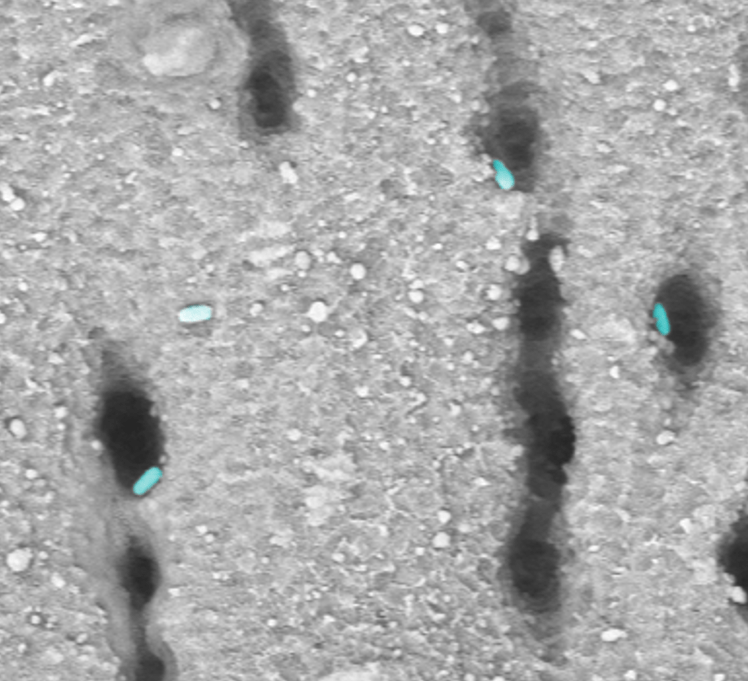Planetary Protection and Microbiomes of the Built Environment
Rapid sterilization of spacecraft hardware using femtosecond lasers
The search for life on other planetary bodies requires that we be sure not to bring life from Earth with us. For this reason, spacecraft destined for planets that might have life are cleaned during assembly to keep the number of living microbes onboard below a specified limit. NASA currently uses Heat Microbial Reduction (baking) as the primary method for bioburden reduction, but it is time-consuming, and requires removing hardware from the assembly cleanroom. Moreover, some sensitive components cannot be baked, leaving them unsterilized. We are collaborating with the Zuhlke lab at University of Nebraska-Lincoln to develop a new method: ultrashort pulsed laser illumination. Surface scanning with high-intensity laser pulses can kill microorganisms rapidly. This treatment could be carried out in the cleanroom, may be compatible with sensitive components, and may even be able to clean dead microbes off the spacecraft surface. This work is funded by NASA’s Planetary Science Division under their Protection Research notice of opportunity.
Project Scientist: Jessica Audrey Lee. This project is a collaboration with University of Nebraska-Lincoln.






























